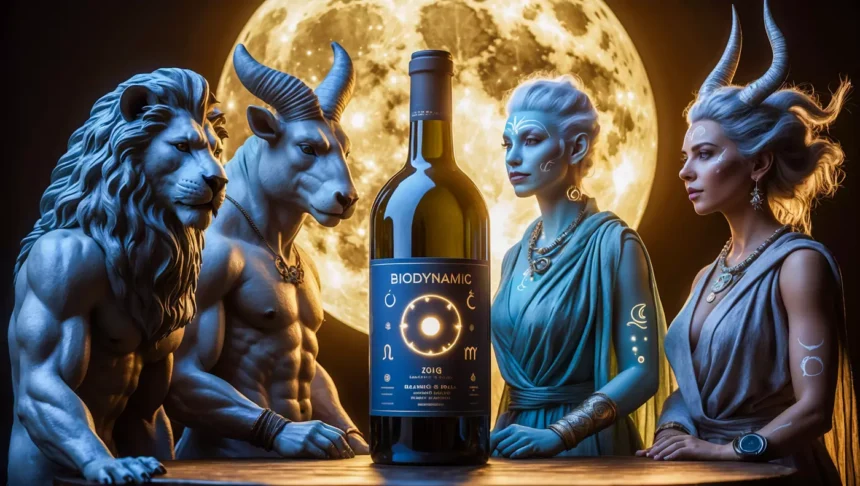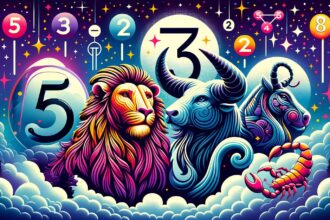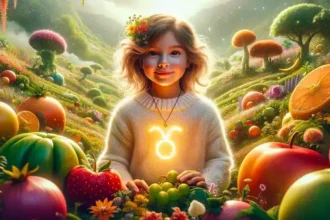Introduction
Wine isn’t just fermented grape juice. It’s energy bottled under moonlight. Biodynamic winemaking uses astrology, zodiac signs, lunar phases, and cosmic timing, to guide every vineyard move.
This isn’t New Age fluff. It’s a ritualized system practiced by serious winemakers worldwide.
In biodynamic farming, the vineyard breathes like a living being. Soil, vines, and fruit follow natural rhythms mapped by the stars.
Each step, pruning, planting, harvesting, lines up with the moon’s position and its transit through zodiac constellations.
The moon moves the tides, shapes sleep, and stirs emotions. Biodynamic growers believe it also activates the land.
When the moon passes through fire signs, fruit thrives. When it lingers in earth signs, roots deepen. Every zodiac sign brings different plant energy.
This isn’t casual horoscopes. It’s lunar precision. Farmers plan their tasks with moon charts in hand.
They work in sync with sky rhythms, treating the cosmos like a farming partner. They say the grapes listen, and they respond to the stars.
Top vineyards around the world swear by this practice. They don’t do it for marketing. They do it because their grapes grow better, their wines feel alive, and their land responds when cosmic forces align with earthly rituals.
This article dives into astrology’s role in biodynamic winemaking. We’ll trace the history, decode the zodiac system, and explore how planets and wine connect.
If you’re curious how the stars flavor your glass, you’re in the right place.
History of Biodynamic

In 1924, philosopher Rudolf Steiner met a group of European farmers. They wanted help restoring vitality to land damaged by chemicals and modern methods.
Steiner offered something radical: a spiritual system that combined farming, cosmic rhythm, and energetic balance.
He encouraged farmers to treat the land as a complete organism, not just a production tool. Everything, soil, crops, animals, and humans, should operate as one system, guided by the moon and influenced by planetary cycles and seasonal flow.
His students developed preparations from herbs, minerals, and animal organs. They buried these in specific locations, then used them to boost the vineyard’s energy. Timing mattered.
Each action aligned with the moon’s movement through zodiac constellations.
In the 1950s, Maria Thun tracked plant growth based on lunar and astrological cycles. Her data revealed strong patterns.
She developed a calendar labeling each day by element, earth, water, air, or fire, and matched these to root, leaf, flower, or fruit work.
Thun’s calendar spread globally, offering farmers a guide grounded in observation. Biodynamic vineyards began using it to plan everything.
Today, that same calendar still drives the rhythm of many world-class wines. It continues to shape decisions with both logic and lunar belief.
The Theory of Biodynamic Agriculture
Biodynamic agriculture treats the entire farm as one living being. Soil, plants, animals, and humans form a single ecosystem that breathes, responds, and changes with the rhythms of nature and the cosmos.
Harmony becomes more important than control.
The farmer acts as a guide, not a boss. Instead of forcing results, they follow celestial cycles. Tasks like planting and harvesting depend on moon phases and the zodiac sign the moon moves through, which influences the energy of each day.
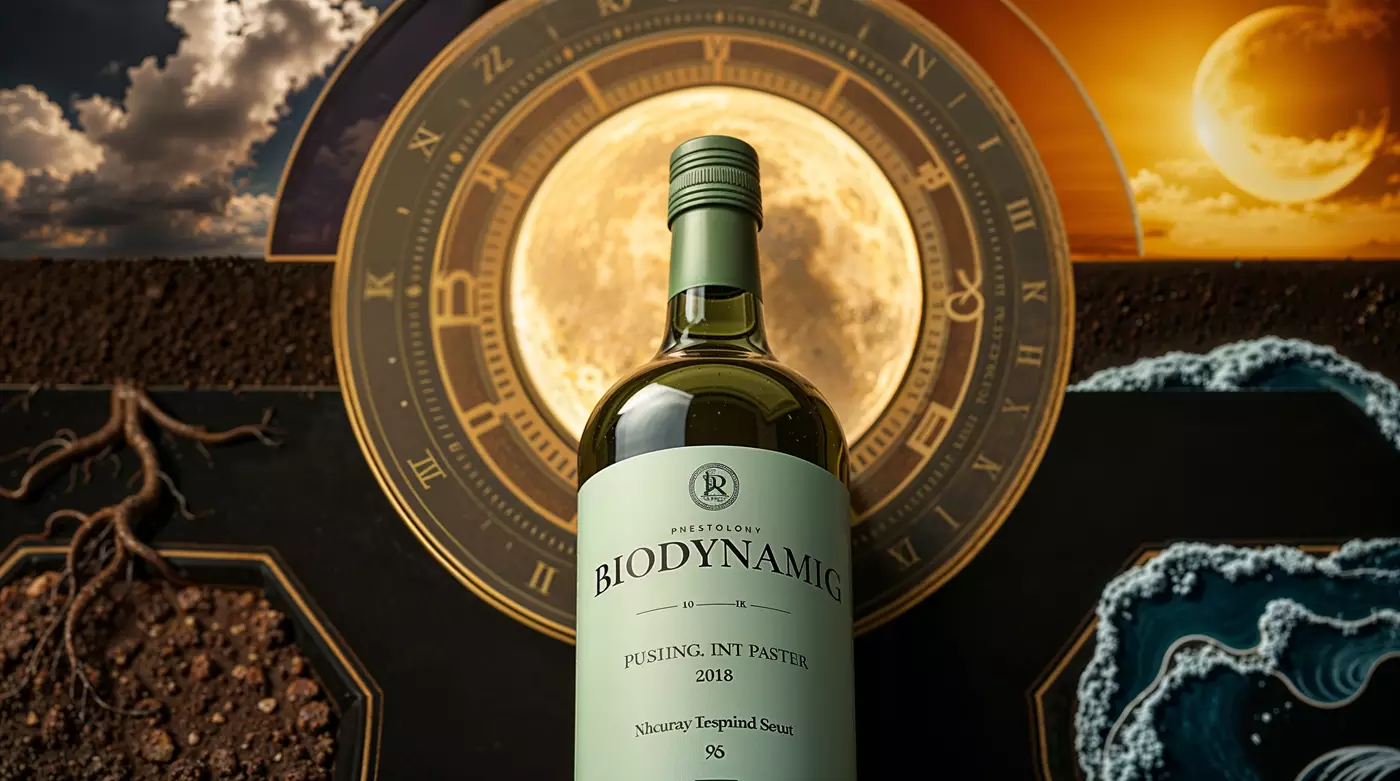
Each moon phase connects with one of the four elements: earth, water, air, or fire. These elements align with different plant parts, roots, leaves, flowers, and fruits.
Farmers match their actions to these cosmic energies to boost growth and balance.
For example, planting on a root day under an earth sign supports underground strength. A fruit day in a fire sign enhances ripening.
These alignments guide decisions not just seasonally, but daily, following a precise biodynamic calendar.
Farmers also use specific preparations to feed the land. These include herbal composts and manure fermented in animal parts like cow horns.
While this may sound strange, practitioners believe these tools boost vitality and bring spiritual energy into the soil.
The goal isn’t just healthier crops, it’s energetic balance. Biodynamic agriculture blends practical farming with spiritual timing, creating a system rooted in the Earth but guided by the stars above.
Biodynamic Winery Practices
Biodynamic wineries don’t just follow nature. They synchronize with it through specific rituals, timing, and treatments meant to enhance vineyard vitality and grape energy.
This method goes beyond organic farming by integrating astrology, moon phases, and elemental rhythms into every stage.
Winemakers use a set of numbered biodynamic preparations developed from Rudolf Steiner’s teachings. The most famous involves burying cow horns filled with manure during winter.
After several months, they retrieve the horns and mix the contents into water, then spray it over the vineyard.
Each preparation is designed to support the soil’s structure, promote microbial life, and activate the vines’ natural defenses. Other blends use herbs like yarrow, valerian, or dandelion.
These are composted and sprayed on the vineyard at specific times based on lunar and zodiac positioning.
Timing is everything. Farmers consult biodynamic calendars to determine the best days to prune, harvest, or bottle. A fruit day under a fire sign may boost flavor, while a root day under earth signs is often avoided to prevent wine from tasting flat or closed.
In the cellar, biodynamic winemakers limit intervention. Many avoid added yeast, fining agents, or filtration. They let the fermentation flow naturally, believing the wine should express the vineyard’s unique energy and the cosmos’ subtle influence.
Lunar Calendar and Zodiac Signs
Each zodiac sign affects vineyard tasks differently. Aries supports bold fruit, Taurus strengthens root stability, Gemini boosts aromatic qualities, and Cancer nurtures leaf growth.
Farmers study the moon’s current zodiac sign to decide which part of the plant to focus on.
These alignments shift every two or three days, offering a rotating schedule. Winemakers act accordingly, believing this timing sharpens grape quality.
For example, Leo days support fruit harvest, while Virgo encourages pruning and care of the soil or compost.
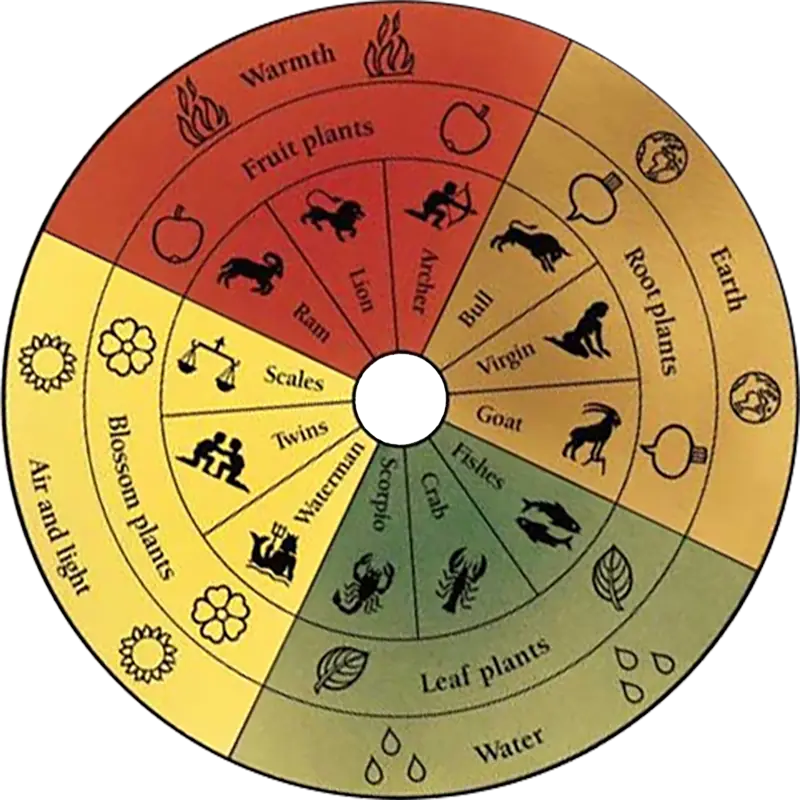
Some vineyard workers treat these calendars like sacred guides. They map vineyard treatments weeks ahead, avoiding “off” days and leaning into signs that match their farming goals.
It’s not just scheduling, it’s about syncing with a larger energetic current.
This approach doesn’t replace traditional viticulture knowledge. Instead, it adds a spiritual filter. Think of it like combining intuition with experience.
When moon and sign match the task, practitioners believe nature offers less resistance and more vitality in return.
Using zodiac influence daily brings rhythm and meaning to routine work. Even skeptics admit the discipline of it adds structure and encourages mindful farming.
For believers, it’s simply working with the universe instead of pushing against it.
Tasting According to Astrological Days
Tasting wine on different biodynamic days feels like switching filters on a photo. Some days brighten aroma and lift flavor.
Other days flatten complexity. Enthusiasts trust these changes happen not because of the wine, but because of cosmic timing.
On fruit days, tasters report brighter fruit notes and more expressive textures. Flower days enhance perfume and lift.
Leaf days mute complexity, making wines feel duller. Root days bring out earthy, mineral notes and often suppress fruit entirely.
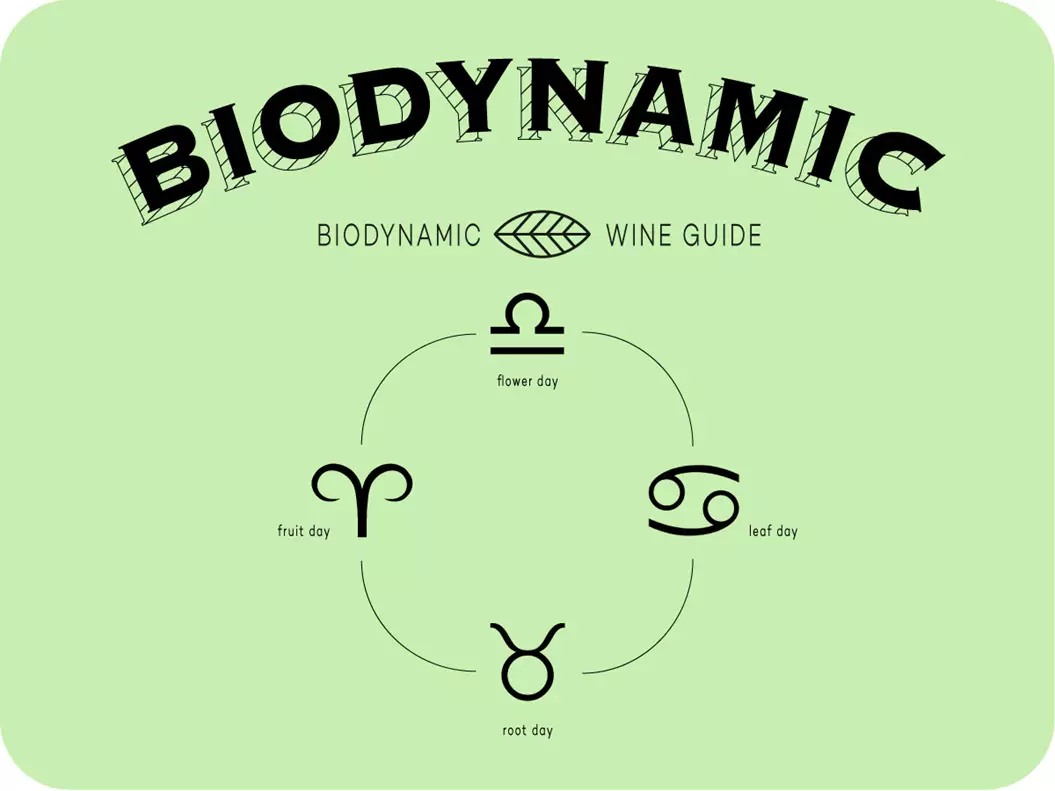
Several wineries test these differences in controlled tastings. They invite guests to try the same bottle over four days. Patterns emerge.
The shifts don’t come from oxidation or glassware, they repeat according to the moon calendar.
Even distributors now schedule important tastings on favorable days. Some retailers avoid offering high-end bottles for tasting during root days.
Sommeliers keep lunar calendars on hand when designing wine flights or planning press tastings for new vintages.
Whether the effect is real or psychological doesn’t matter to true believers. For them, tasting on the right day unlocks the wine’s true voice.
It becomes a small ritual where intuition meets intention in every glass.
Spiritual vs Scientific Debate
Critics say biodynamics relies on belief, not data. They call it agricultural astrology and argue its success comes from organic farming practices, not the stars.
They challenge the rituals, the calendar, and the lack of measurable proof behind cosmic influence.
Supporters push back with lived results. They point to healthier soils, balanced vines, and wines with clarity and soul.
They don’t need lab tests. They need fruit that tastes alive, land that thrives, and vines that follow their natural rhythm.
Some wineries use both science and spirit. They track pH, analyze tannins, and still stir horn manure at dawn.
For them, biodynamics isn’t superstition, it’s connection. They want their vineyards to feel part of something more than yield and profit.
Others stay quiet about their cosmic rituals. They follow the calendar but skip the marketing. They trust the process, not the debate.
They don’t try to convert skeptics. They just let the wine speak for itself.
This isn’t science versus magic. It’s logic walking alongside intuition. It’s ritual farming that believes grapes don’t grow in isolation.
They grow under stars, shaped by something too big to fit into a test tube.
Famous Biodynamic Wineries in Action
La Coulée de Serrant (Château de la Roche-aux-Moines)
Nicolas Joly’s estate in France’s Loire Valley holds the only single‑vineyard AOC, “Clos de la Coulée de Serrant.” Joly adopted biodynamic practices since the early 1980s and treats the land as a cosmic‑connected organism.
He aligns pruning, compost, and harvest with lunar rhythms to produce profound Chenin Blancs.
Their methods shape wine with earthly terroir and celestial timing that feels intentional and alive.
Official site: coulee‑de‑serrant.com
Viña Emiliana (Chile)
Emiliana transformed into a 100 percent organic and biodynamic estate starting in the late 1990s. They now farm thousands of acres across Casablanca and Colchagua, all certified by Demeter and Bio‑Gro.
Emiliana combines biodynamic rituals with large‑scale sustainability, crafting expressive wines that reflect cosmic cycles and Chilean terroir.
They emphasize eco‑impact, moon‑guided vineyard work, and education while producing wines recognized globally.
Official site: emiliana.cl
King Estate Winery (Oregon, USA)
King Estate holds the title of largest Demeter-certified biodynamic vineyard in North America. They manage over a thousand acres in the Willamette Valley and achieved biodynamic certification in 2016.
Their organic‑to‑biodynamic journey includes compost preparations, lunar planting schedules, and minimal winemaking intervention.
The estate showcases wines like Pinot Gris and Pinot Noir that reflect careful cosmic timing and sustainable practices.
Official site: kingestate.com
Millton Vineyards & Winery (New Zealand)
Millton became New Zealand’s first certified biodynamic winery back in 1984. Annie and James Millton introduced biodynamic farming in Gisborne region, focusing on lunar calendars and holistic soil health.
Their wines ferment with indigenous yeasts and minimal sulfur to reflect terroir within cosmic cycles.
They treat their vineyard as a living system by syncing vineyard tasks with lunar rhythm and observing sensory results over decades.
Official site: millton.co.nz
Arianna Occhipinti (Sicily, Italy)
Arianna Occhipinti farms around 18 hectares biodynamically in southeastern Sicily, growing Nero d’Avola and Frappato without filtration or added sulfites. She integrates lunar calendars, local wild cover crops, and ancient local soils into her farming.
Her wines gain vibrancy and terroir clarity from cosmic timing blended with Mediterranean tradition and minimal intervention.
Official site: agricolaocchipinti.it
Conclusion
Biodynamic winemaking turns every bottle into more than wine. It captures moonlight, stardust, and the energy of a vineyard in cosmic harmony.
Farmers treat the land as alive, responding to zodiac signs and lunar timing with care, ritual, and intention.
Whether you believe in astrology or not, these methods deliver wine that feels soulful and deeply rooted. It invites you to taste not just the grape, but the rhythm of nature.
In a world that moves fast, biodynamic wine asks us to slow down and sip with awareness.
Further Reading and Resources
Demeter USA – The official certifying body for biodynamic agriculture in the U.S., including a vineyard directory.
Biodynamic Association – Offers resources, training, and deeper explanations of biodynamic principles.
Demeter International – The official global organization behind biodynamic certification, governing standards and offering resources for wineries and consumers.
Wine Folly – Getting Into Biodynamic Wine – A comprehensive guide explaining biodynamic philosophy, compost preparations, and calendar-based farming methods.
VinePair – Astrology in Drinks & Biodynamic Wine Explained – Articles exploring the connection between lunar astrology and wine tasting experiences.


